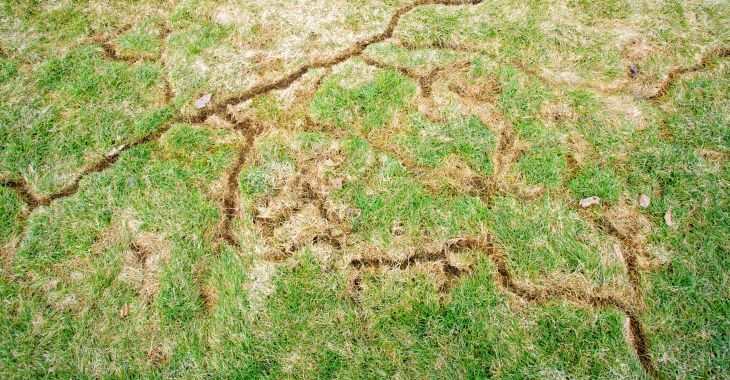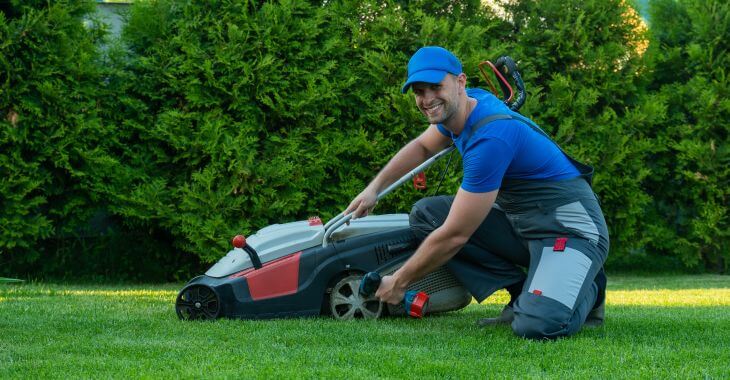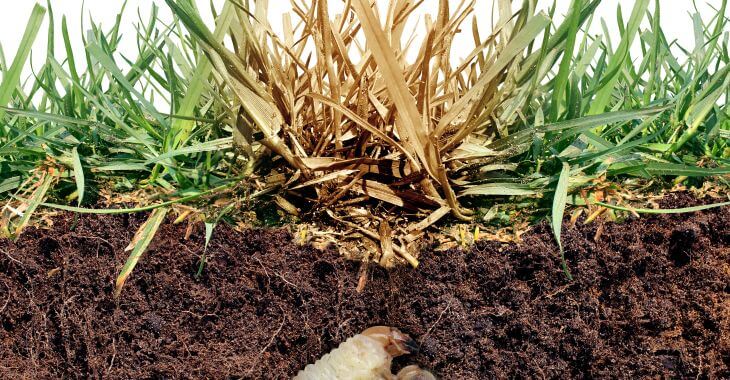Lawn Vole vs. Mole Damage: Understanding the Differences

Maintaining a pristine lawn can be challenging, especially when unexpected guests like voles and moles wreak havoc. Knowing the difference between these critters and the type of damage they cause is essential for effective lawn care. Here are the differences between lawn vole vs. mole damage.
What Does a Vole Look Like?
Voles, often mistaken for mice, are small rodents with short tails, stocky bodies, and small eyes and ears. Their fur is usually brown or gray and adults can be five to seven inches in length. Recognizing these features is crucial in identifying vole damage correctly and addressing it promptly.
Mole Characteristics
Moles, unlike voles, have distinct physical traits. They have large, paddle-like forefeet for digging, tiny eyes, and velvety fur. Their bodies are built for tunneling, making them highly efficient at creating underground networks that can disrupt your lawn. Moles are rarely seen above ground.
Mole vs. Vole Tunnels
“Mole vs vole tunnels” is a common query among homeowners. Mole tunnels are deeper and create raised mounds of soil on the surface. Vole tunnels, on the other hand, are shallow, with surface runways that can be seen across the lawn, often near flower beds and shrubs where they tend to feed.
Vole damage is typically characterized by visible surface runways in the grass, gnawed bark on trees and shrubs, and plant root damage. These runways are pathways they use to navigate your yard, which can kill the grass and harm other plants, making the damage more extensive than mole tunnels.
Mole damage appears as raised tunnels or mounds of soil on your lawn. They primarily feed on insects and earthworms, so while they can disrupt the lawn’s surface, they don’t usually harm plants directly. However, their tunneling can be unsightly and problematic, especially when there are many mounds.
Impact on Lawns
Both voles and moles can cause significant damage to lawns. Voles’ surface runways can ruin the grass, while moles’ tunneling can create uneven ground. Recognizing the specific signs of each helps in applying the correct control methods to save your lawn from further mole or vole damage.
Vole Prevention and Control
To control voles, remove dense vegetation and debris where they hide. Use traps and baits if necessary. Eliminating food sources and habitat can significantly reduce vole populations and protect your lawn from extensive damage. Professional pest control may also be needed for infestations.
Mole Prevention and Control
For moles, consider using mole repellents, traps, or barriers to protect your lawn. Reducing their food supply, such as insects and grubs, can also help deter them. Regular lawn maintenance and soil care can prevent mole infestations but once a lawn is infested, pest control may be required.
Natural Predators of Voles and Moles
Encouraging natural predators can help control vole populations. Owls, hawks, and snakes are natural vole predators. Creating a habitat that attracts these predators can offer a natural solution to your vole problems without requiring traps or other pest control and help maintain lawn health.
For moles, ground beetles and snakes can help reduce their numbers. Encouraging these predators in your garden can provide a natural and sustainable way to keep mole populations in check, reducing the need for chemical treatments or other pest control methods to reduce mole populations.
Repairing Vole Damage
Repairing vole damage involves reseeding bare patches caused by their surface runways. Regular lawn maintenance, such as mowing, watering, and fertilizing, helps the grass recover. Protective barriers around trees and shrubs can also prevent further damage from any remaining voles in the lawn.
Repairing Mole Damage
Repairing mole damage includes flattening mole tunnels and mounds and reseeding affected areas. Regular aeration and soil care can improve lawn health and make it less attractive to moles. Consistent lawn care practices ensure a resilient and lush lawn that can rebound from mole tunneling.
Professional Help for Voles
In cases of severe vole or mole infestations, professional pest control services may be necessary. Experts can provide targeted solutions for removing moles or voles, ensuring long-term lawn health. Consulting a professional can save time and effort when dealing with persistent vole or mole problems.
Professional Help for Lawn Recovery
Recovery for lawns with severe mole or vole infestations may require professional landscaping or lawn care. Landscapers can offer effective solutions for leveling and reseeding damaged lawns, ensuring your lawn remains healthy and beautiful. Their expertise can also prevent future infestations.

Understanding the differences between lawn vole and mole damage is essential for maintaining a beautiful lawn. By knowing “what does a vole look like” and distinguishing “mole vs vole tunnels,” you can take effective steps to protect your lawn from these underground invaders. Proper identification, prevention, and control methods will help keep your lawn healthy and pristine.
